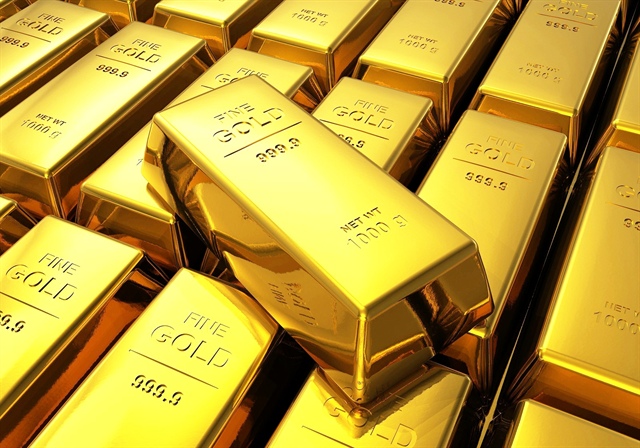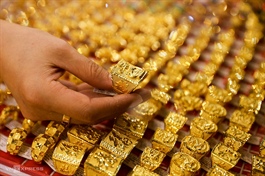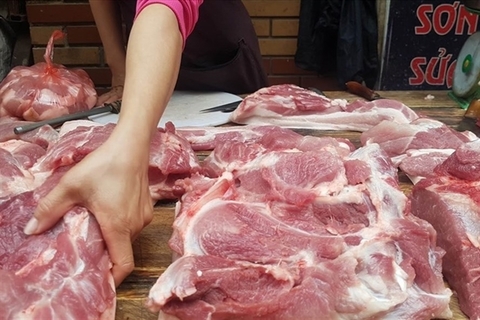Consumer demand for gold shrinks, hindering access to jewellers
Consumer demand for gold shrinks, hindering access to jewellers
Consumer demand for gold in Vietnam was three tonnes in the third quarter of 2021, down 50 percent compared to the same quarter in 2020, according to World Gold Council.
This overall demand was driven by factors including weight of gold jewellery purchased by the country’s consumers, which was one tonne, down 50 percent year-on-year. Likewise two tonnes of bar and coins – a category of physical gold products overwhelmingly bought by retail investors – were bought, a figure down 50 percent year-on-year.
Andrew Naylor, Regional CEO, APAC (ex-China) at the World Gold Council, analyzed, “In the third quarter, consumer demand for gold across Vietnam halved from year-earlier levels as nation-wide lockdowns to curb the spread of COVID-19 restricted access to the purchase of jewellery and bar and coins. Overall, ASEAN gold demand has started to pick up, due to the easing of restrictions across many markets, although it is yet to go back to pre-pandemic levels. We expect these trends to continue into the final quarter of the year, with gold often being seen as a protector of wealth and safe haven asset”.
Globally, demand for gold fell seven percent year-on-year and 13 percent quarter-on-quarter to 831 tonnes, primarily due to outflows from gold-backed exchange-traded funds (gold ETFs), according to the World Gold Council’s latest Gold Demand Trends report.
Net gold ETF sales were relatively small (27 tonnes), but when compared to the pandemic-induced buying surge of a year earlier, this was enough to place overall gold demand into a year-on-year decline, despite demand increasing in all other sectors.
Consumer purchases of gold jewellery increased 33 percent year on year to 443 tonnes. Meanwhile bars and coins – a category of physical gold products overwhelmingly bought by retail investors – saw a fifth consecutive quarter of year-on-year gains, with 262 tonnes purchased in the third quarter. Gold used in technology grew nine percent year-on-year, and central banks added 69 tonnes to their reserves.
The gold price averaged US$1,790/oz throughout the quarter – down from the third quarter of 2020’s all-time USD high, but above its three-year, five-year and ten-year averages.
|
Louise Street, Senior Markets Analyst at the World Gold Council, commented, “The relatively modest outflows from gold ETFs have had a disproportionate effect on this year’s figures, outweighing positivity almost everywhere else across the board.
“The outflows themselves are part of a bigger picture. A year ago, investors were flocking to gold, seeking a hedge against the pandemic. And gold ETFs were particular beneficiaries of these flows, adding more than 1,000 tonnes over the first three quarters of 2020. So, while there has been selling by gold ETF investors this year, the outflows have been modest in comparison.
The rest of the gold market is seeing positive news – not least the strong growth in jewellery and technology demand, especially pleasing because they are at least partially consequences of an overall global economic recovery. Likewise, central banks remain net buyers, and bar and coin investment is growing.
“Looking forward, we expect the full-year picture for gold demand to look very similar: strong consumer and central bank will mitigate losses from ETFs. Jewellery demand will continue to exceed last year’s levels, but investment demand in total will be weaker in 2021, despite healthy bar and coin demand,” she expressed.


























